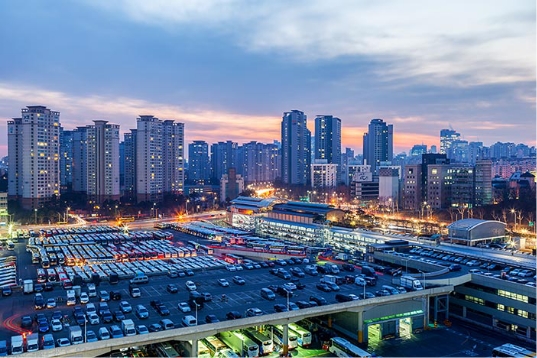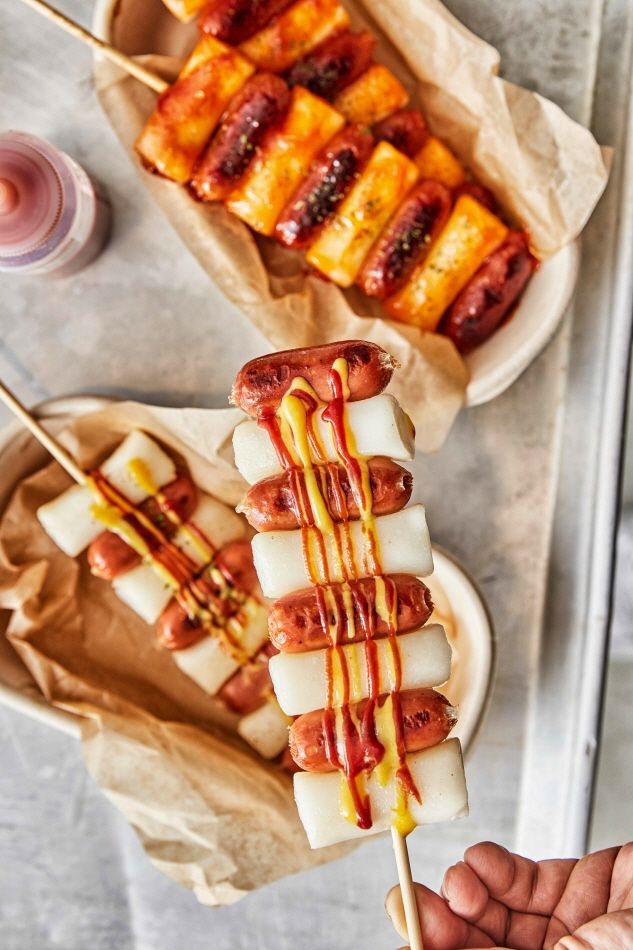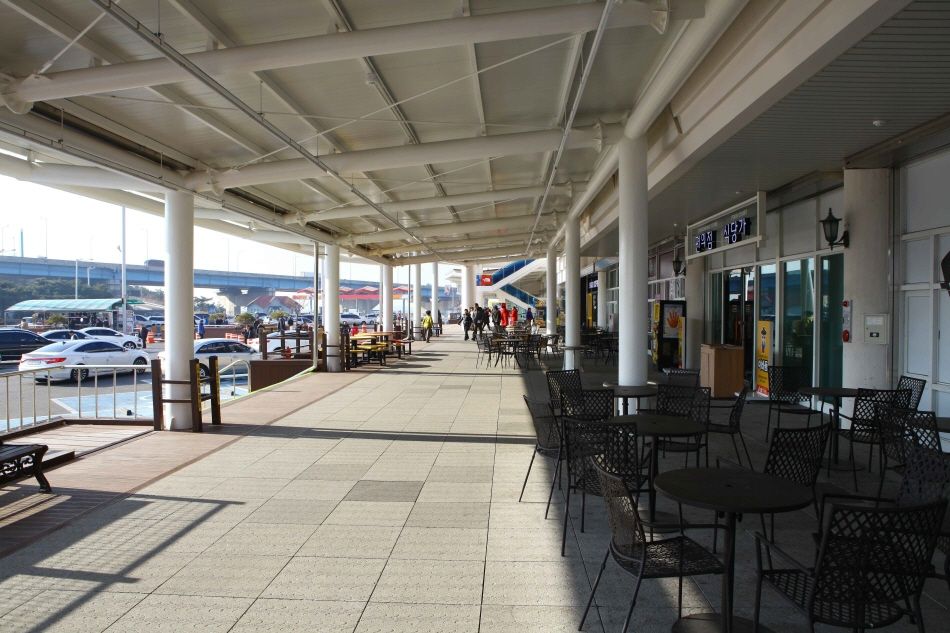- Log in
-
- Sydney Overseas Office
- London Overseas Office
- Toronto Overseas Office
- Los Angeles Overseas Office
- New York Overseas Office
- Ulaanbaatar Overseas Office
- Istanbul Overseas Office
- Dubai Overseas Office
- New Delhi Overseas Office
- Manila Overseas Office
- Jakarta Overseas Office
- Hanoi Overseas Office
- Kuala Lumpur Overseas Office
- Singapore Overseas Office
- Bangkok Overseas Office
- Map
- Sydney Overseas Office
- London Overseas Office
- Toronto Overseas Office
- Los Angeles Overseas Office
- New York Overseas Office
- Ulaanbaatar Overseas Office
- Istanbul Overseas Office
- Dubai Overseas Office
- New Delhi Overseas Office
- Manila Overseas Office
- Jakarta Overseas Office
- Hanoi Overseas Office
- Kuala Lumpur Overseas Office
- Singapore Overseas Office
- Bangkok Overseas Office
Traveling Between Cities
-
-
-
Express Bus
-
03/31/2023
76.1K
-
0
1
-
-
Bus_Tour
Korea_Tourism
Transportation_card
public_transport
bus
-
-
-
Express Bus
Buses reach areas that trains cannot, which make them a great means of transportation for you to encounter the beautiful sceneries of Korea up close. Buses are divided into two kinds: express buses and intercity buses. While some terminals operate both types of bus, there may be regions where the express bus terminals and intercity bus terminals are at separate locations. Buses do not have restrooms inside so buses traveling mid- to long-distance routes have rest stops in the middle of the route. In Korea, these rest stop areas, called “hyugeso,” are equipped with neat and convenient amenities, and have even become an essential part of a long road trip due to the food and perks only available on the site.
 【 Seoul Express Bus Terminal 】
【 Seoul Express Bus Terminal 】1. Types of buses
Express busExpress buses use freeways to drive to far away destinations without making any stops along the way. Bus fares vary depending on the facility and the number of seats on a bus and, extra charges apply during late-night hours.
Intercity busIntercity buses use freeways and/or national routes to drive to destinations typically making intermediate stops along the way. Unlike express buses, there are intercity buses that only drive on national routes without driving on freeways. There are a greater number of intercity bus routes than that of express buses, which make them a great choice when traveling to small- to medium-sized cities. There are various routes that directly connect small cities so they are a useful means of transportation for such trips. Intercity buses are divided into general buses and luxury buses with larger seats, and extra charges apply during late-night hours.
2. How to use buses
Bus tickets can be purchased on online ticketing websites, via mobile apps or directly at ticket offices in bus terminals. You can print your ticket at the ticket office of the departing terminal before the time of departure and you must carry the credit card you used for the purchase. If you have purchased your ticket online, it is a good idea to confirm the purchase one more time in the [Check/Cancel/Change Reservation] menu. Check the platform number of your bus through a monitor or screen in the terminal’s waiting area and then board the bus at that platform. Typically, you can board a bus starting five minutes prior to the time of departure.
- Integrated express bus ticketing website : www.kobus.co.kr (Korean, English, Chinese, Japanese)
- Integrated intercity bus ticketing website : https://txbus.t-money.co.kr (Korean, English, Chinese, Japanese)
www.bustago.or.kr (Korean, English, Chinese, Japanese)
3. Major bus terminals and routes
Take note that express buses and intercity buses often depart from and arrive at different terminals. Most terminals are located in city centers, which make them easy to find. However, in Seoul and some other regions, terminals may be located far away from one another so you must check the point of departure one more time before you leave. If a terminal is called “jonghap terminal,” it means that both express buses and intercity buses stop there so keep that in mind. Routes are subject to change travelers are advised to check for changes in advance.
Major routes- Gyeonggi-do: Singal, Anseong, Anjung, Yeoju, Yongin, Icheon, Pyeongtaek
- Gangwon State: Gangneung, Donghae, Samcheok, Sokcho, Yangyang, Wonju, Chuncheon, Heongseong
- Chungcheongbuk-do: Cheongju, Jecheon, Hwanggan
- Chungcheongnam-do, Daejeon: Daejeon, Jochiwon, Gongju, Geumsan, Sejong, Asan Onyang, Cheonan
- Gyeongsangbuk-do, Daegu: Gyeongsangbuk-do Provincial Government Complex, Gyeongju, Gumi, Daegu, Sangju, Andong, Yeongdeok, Yeongju, Yeongcheon, Yecheon, Jeomchon, Pohang, Punggi
- Gyeongsangnam-do, Busan: Gimhae, Masan, Busan, Ulsan, Jinju, Changwon, Tongyeong
www.exterminal.co.kr (Korean)Major routes- Chungcheongbuk-do: Cheongju, Bukcheongju (Cheongju Airport), Chungju, Goesan (Jeungpyeong), Boeun, Songnisan Mountain
- Chungcheongnam-do: Daejeon, Nonsan, Dangjin, Seosan, Yesan, Taean, Hongseong, Anmyeondo, Boryeong, Cheongyang
- Jeonbuk-do: Gochang, Gunsan, Gimje, Namwon, Buan, Sunchang, Iksan, Gangjin, Jeonju, Jeongeup
- Jeollanam-do: Gwangju, Gangjin, Goheung, Gwangyang, Naju, Damyang, Mokpo, Boseong, Suncheon, Yeosu, Yeonggwang, Okgwa, Wando, Jangseong, Jangheung, Jindo, Haenam, Hwasun
www.shinsegaecentralcity.com (Korean, English)Major routes- Gyeonggi-do: Anseong, Pyeongtaek, Songtan
- Gangwon State: Jangpyeong, Jinbu, Hoenggye, Jumunjin
- Chungcheongbuk-do: Jincheon, Cheongju, Boeun, Songnisan Mountain, Eumseong
- Chungcheongnam-do: Seonghwan, Cheonan, Gongju, Buyeo, Gyeryong, Seosan, Taean, Hapdeok, Dangjin, Seocheon, Janghang
- Gyeongsangbuk-do: Goryeong, Sangju, Seongju
- Gyeongsangnam-do: Busan, Bugok, Tongyeong, Geochang, Jangseungpo, Hapcheon, Samcheonpo, Hadong, Jinju, Sancheong, Namhae, Yangsan
- Jeonbuk-do: Iksan, Jeonju, Jangsu, Samnye, Muju, Imsil
- Jeollanam-do: Gurye
Major routes- Gyeonggi-do: Gapyeong, Daeseong-ri, Cheongpyeong, Pocheon, Anseong, Ansan, Yangpyeong, Uijeongbu
- Gangwon State: Gangneung, Goseong, Donghae, Samcheok, Sokcho, Yanggu, Yangyang, Wonju, Jeongseon, Cheorwon, Chuncheon, Taebaek, Pyeongchang
- Chungcheongbuk-do: Goesan, Danyang, Boeun, Eumseong, Jecheon, Jeungpyeong, Jincheon, Cheongju, Chungju
- Chungcheongnam-do: Gongju, Nonsan, Dangjin, Daejeon, Buyeo, Seosan,, Sejong, Asan, Cheonan, Taean
- Gyeongsangbuk-do: Gyeongju, Gumi, Daegu, Mungyeong, Bonghwa, Sangju, Andong, Yeongju, Yecheon, Uljin, Pohang
- Gyeongsangnam-do: Geoje, Busan, Yangsan, Ulsan, Jinju, Tongyeong, Hamyang
- Jeonbuk-do: Gunsan, Gimje, Namwon, Buan, Iksan, Imsil
- Jeollnam-do: Gurye, Mokpo, Suncheon, Yeosu, Yeonggwang, Jindo, Haenam
Website: www.ti21.co.kr (Korean)Tip K-freeway rest stops, double the funKorean freeways comes with the excitement of not-to-be-missed rest stop service areas. Korean freeway rest stops are equipped with sanitary public restrooms, nursing rooms and tourist information centers as well as basic essential facilities including gas stations, restaurants, convenience stores and electric vehicle charging stations. You can also find famous K-street snacks such as sotteoksotteok (sausage and rice cake skewer), potato corndogs and hotteok (pancake filled with brown sugar) that you might have seen on social media. Also, certain service areas operate leisure facilities or themed food markets for unexpected fun.
 【 Sotteok sotteok 】
【 Sotteok sotteok 】 【 Public rest area at rest stops 】
【 Public rest area at rest stops 】* 1330 Korea Travel Hotline: +82-2-1330 (Korean, English, Japanese, Chinese, Russian, Vietnamese, Thai, Malay)
* This page was last updated on September 8, 2024, and therefore information may differ from what is presented here.





